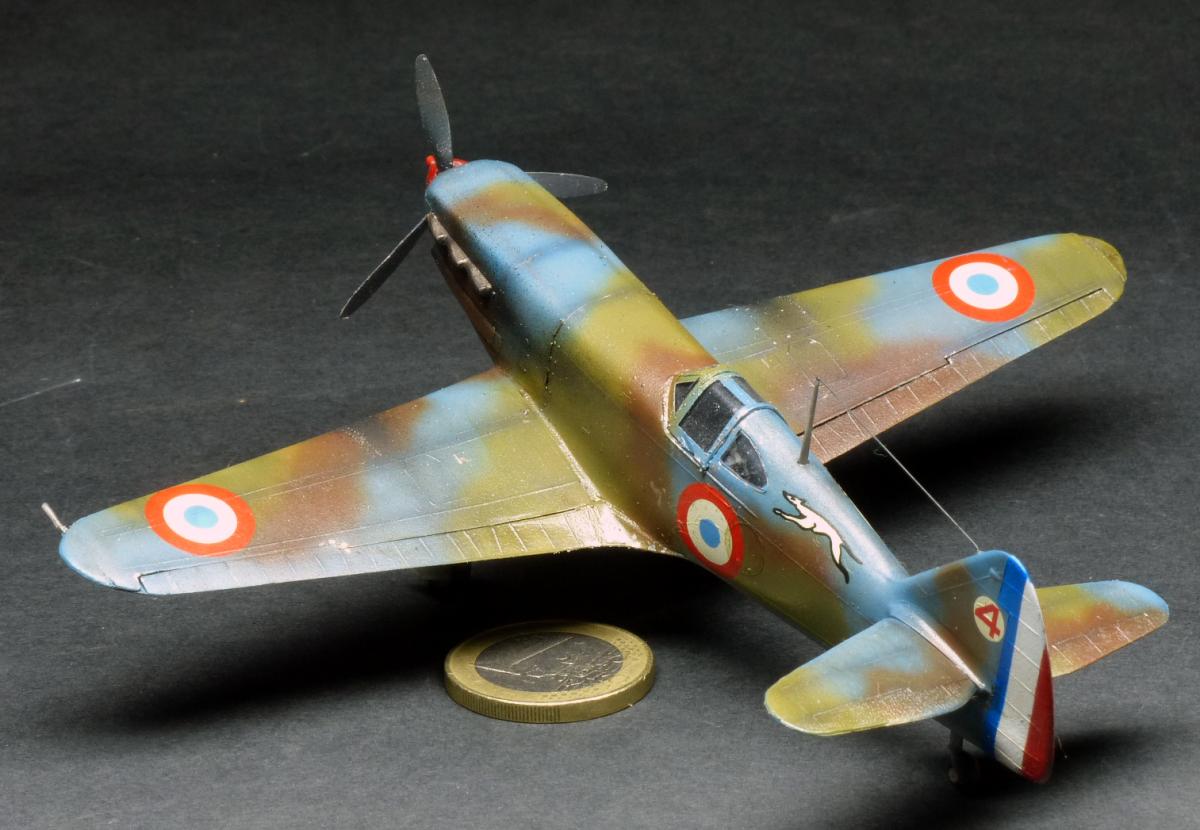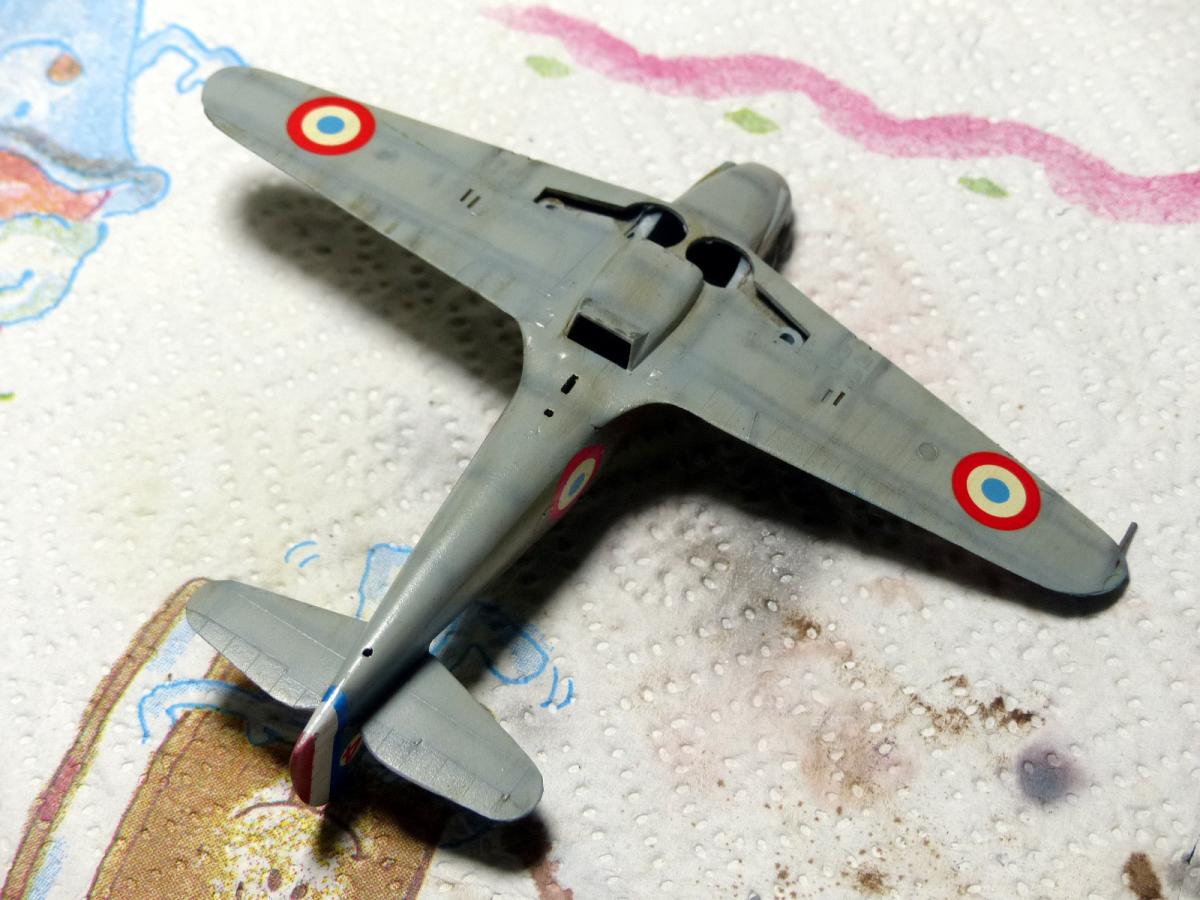Model, Text and Images by Luca Cinacchio
After the summer's break from the modeling hobby, I was looking for something fun, easy and unusual to return to the hobby.
Long time ago I bought for a bargain a Dewoitine D520 on Ebay. It is a very old kit, but the colorful camouflage of this French WWII fighter always fascinated me.
I felt that it could be the perfect canvas for a fun quick build, exclusively focused on the paint-job, that is the part of the game that i like more.
Being an "exotic" airplane, I quote here some infos from Wikipedia, just in case you want to know more: "The Dewoitine D.520 was French fighter aircraft that entered service in early 1940, shortly after the beginning of World War II. Unlike the Morane-Saulnier M.S.406, which was at that time the most numerous fighter in the French Air Force, the Dewoitine D.520 came close to being a match for the latest German types, such as the Messerschmitt Bf 109. It was slower than the Bf 109E but superior in manoeuvrability.[1] Because of a delayed production cycle, only a small number were available for combat with the Luftwaffe.
THE BUILD
The kit is very old, and doesn't know any of the "finesses" of the modern kit, and neither the basics of the old Airfix kit. Interior detail: the pilot's seat, and nothing more (even no instrument panel !). Only raised panel lines, but so small that it will be impossible to work them properly with drybrush. No details at all on lower surface: just holes. Fit is not tha bad, but far away from perfection. Canopy seems to come from some modern armored glass: as thick as that...
Since this should be a quick and fun project, I decided to ignore any improvements, just assemble it, fill the gaps, and paint !
After priming the model with Vallejo polyuretane gray primer, I pre-shaded it as usual. For the lower surface I used a custom mix of Vallejo Aircolor gray RLM 84 with some drops of Vallejo Aircolor Intermediate Blue.
I decided that the basecolor for the upper surface was the blue, a custom mix of UK Mediterranean blue, French Blue and white. Postshading was applied and for the lower and for the upper surfaces using a lighter tone of the basic shade.
Following I airbrushed the kaki color, as the Heller instructions claimed, using the Kaki color from the Gunze Aqueos range. But i was not happy about how it did turn out... I saw many images and models of the Dewoitine, and that color was for sure more greenish! I had a new jar of Gaja color, a nice green tone, and it was some time that i wanted to test it: so i thinned it very much (something like 15%-85% ratio), and then i oversprayed the kaki, insisting how much i needed to obatin the tone that I liked. By the way the Gaja color performed wonderfully !
Then was the turn of the Red Brown color (Tamiya). But looking at the model I was not happy with the tone of the light blue, and also with the shape of some brown areas.
So I loaded the airbrush with Vallejo UK Azul PRU Blue and i respraied all the blue areas; as usual i tried to avoid homogenous color, but to use the airbrush in a pattern a little random. And because the original pre-shading was vanished, I post shaded the panel lines using some thinned Intermediate blue.
I didn't trust at all the decals (being something like 40 years old...), and also their blue looked to me wrong. So, at least for the tail, I decided to go with airbrush and masks.
After a coat of Future, I applyed the other decals: they were very tick, and almost impossible to conform, regardless of 5 applications of Mr. Decal setter.
I sealed the decals with a coat of Vallejo Matt varnish straight from the can: it is not a death mat finish, and still retain i subtle satin effect that I like for the planes...
Then a general wash made with oils (back, rew umber, white spirit) followed.
Some more details were paitbrushed, and the last pieces glued.
The finished model








































